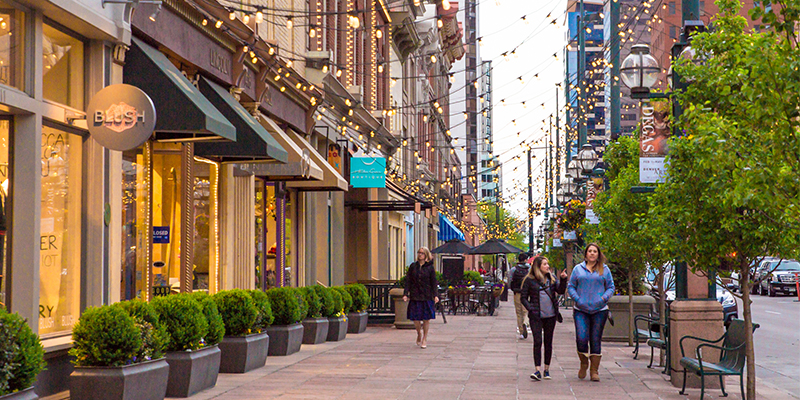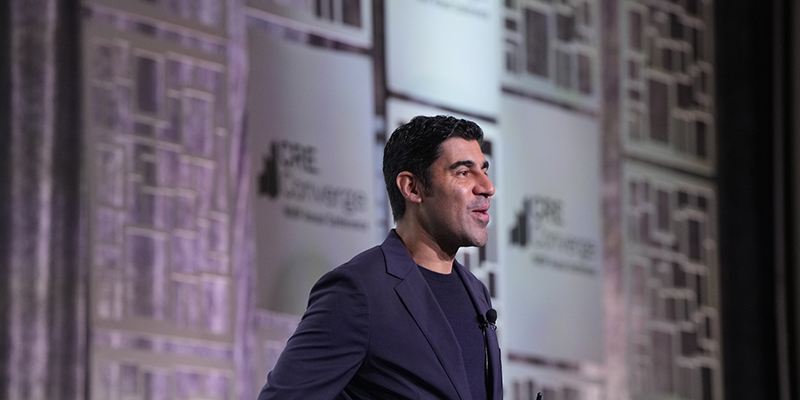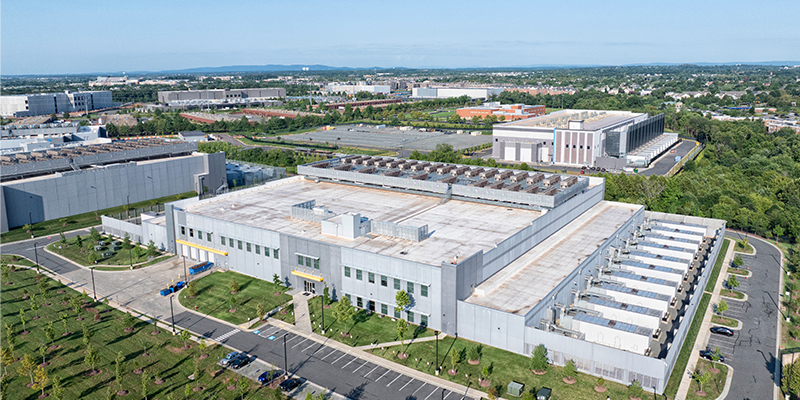By Jemicah Colleen Marasigan
If a building is a body, the ground floor is the heartbeat. When choices at street level sync with daily life – coffee before the commute, a restaurant by the playground, a tiny bookstore – they stop reading as “retail” and start feeling like routine.
People don’t remember square footage. Instead, they remember familiar baristas and quick, passing hellos that turn into plans. Build for those scenes and the places weave into the neighborhood, creating a second home that holds value because people use it.
That premise shaped a session on transforming developments through community-driven retail during NAIOP’s CRE.Converge conference in Toronto this week. Moderator Edie Weintraub, managing principal at terra alma, set the tone: The ground floor is a community’s front door.
Weintraub called it “retail with a soul”: the shops, cafes and studios people brag about to friends. Treat street level as the neighborhood’s identity marker and it reads as welcoming and memorable. Treat it as leftover space and it fades.
The panel – Vanessa Baratta, director of community planning and development at Live Work Learn Play, and Courtney Hammond, founder and Chief Creative Officer at Dash Studio x Bliss Labs – shared their experiences as they moved quickly from principle to practice.
Land a food anchor people love and other makers want in. A few snapshots:
- At Camp North End in Charlotte, a one-week, glow-in-the-dark ramen pop-up sold out within hours and helped seed a culinary ecosystem despite being housed in an industrial space.
- Toronto’s Stackt Market began as a temporary shipping container village and matured into a long-term hub with food and retail offerings.
- In a food hall example shared on stage, a 300-square-foot Thai stall topped $1.2 million in annual sales because the space and story fit the operator.
“Food is such a great connector. It just brings people together,” said Baratta.
Treat the ground floor as community infrastructure that earns. When it works, results climb the building: quicker lease-ups, easier office recruitment, more repeat visits, and stronger net operating income (NOI).
Design and operations have to serve real life. Venting, rear access, frontage rhythm and bay depth determine whether a restaurant or shop can actually function. Long, narrow bays deaden sidewalks and limit flexibility.
But, if people are the point, inclusivity is the method. Baratta offered a simple rule: “If you can design a place for children, you’re designing a place for everybody.”
That means wide, safe sidewalks for strollers, well-lit and walkable blocks, and smart adjacencies: daycares near coffee, restaurants beside playgrounds.
Build for parents and caregivers and you naturally support seniors, people with disabilities, and anyone who wants to feel safe, seen and welcome.
Listening is a practice, not a checkbox. Hammond urged planners to conduct acultural assessment of the landscape they’re building in.
“It’s going to save you so much money in the end by having conversations, not from the developers point-of-view, but on behalf of the community,” she says.
And Weintraub agreed, urging teams to convene “culture boards” that include everyday users.
“[That way we] understand who’s truly living and breathing in that community, to get a true representation of the audience,” she says.
Financing follows clarity of purpose. Cities, cultural institutions and brands can co-fund early activations that set the tone while building recognition. Profit-sharing and ticketed experiences are tools when they advance a clear vision of who the place serves.
“You’re losing a lot of time if you wait until the building is done,” said Hammond. Start with pop-ups and incubators so local operators can test ideas, build a following, and, when the fit is right, step into permanent space. Those early operators become the project’s best ambassadors.
Ultimately, let the ground floor carry the neighborhood’s rhythm and make room for ordinary joy: coffee in hand, stroller wheels steady, familiar faces at the counter. When those moments live at street level, value travels upstairs and the project becomes an anchor in people’s lives.
Because when you build for people, the numbers follow.

This post is brought to you by JLL, the social media and conference blog sponsor of NAIOP’s CRE.Converge 2025. Learn more about JLL at www.us.jll.com or www.jll.ca.








